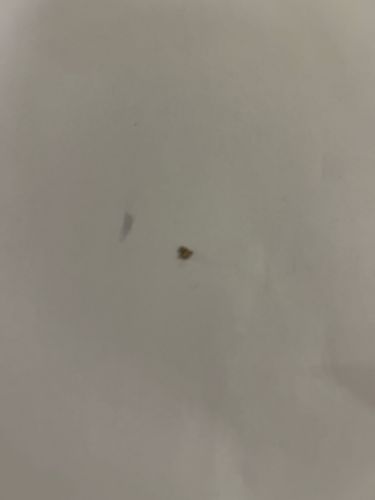Carpet Beetle (likely Dermestidae species, such as Varied Carpet Beetle or Black Carpet Beetle)
Scientific Name: Dermestidae (e.g., Anthrenus verbasci, Attagenus unicolor)
Order & Family: Order: Coleoptera, Family: Dermestidae
Size: 2-5 mm

Natural Habitat
Indoors, especially in areas with textile fibers (carpets, wool, silk), stored dried foods, taxidermy, insect collections, and animal products. Outdoors, they can be found in nests of birds and mammals, and on carrion.
Diet & Feeding
Larvae feed on a variety of organic materials of animal and plant origin, including wool, silk, fur, feathers, leather, dried meat, dead insects, pet food, and occasionally seeds or grains. Adult carpet beetles feed on pollen and nectar outdoors.
Behavior Patterns
Larvae are the damaging stage, often found in dark, undisturbed areas. They are slow-moving and prefer natural fibers. Adults are attracted to light and often found near windows. They undergo complete metamorphosis (egg, larva, pupa, adult). Their life cycle length varies depending on species and environmental conditions.
Risks & Benefits
Potential risks include significant damage to natural fiber textiles, carpets, clothing, museum specimens, and stored food products. They do not bite humans but can cause skin irritation due to hairs shed by larvae. Benefits are generally minor in human-dominated environments, but in nature, they play a role in decomposition by consuming animal remains and shed organic matter.
Identified on: 10/30/2025